
Sentiero Sant’Anna
The “Sentiero Sant’Anna (Sant’Anna Trail)” rises up along the western slopes of Monte (Mount) Erice offering a wonderful panoramic view of Trapani, framed by the Egadi islands. It leaves from the lower Cableway station at Erice-Casa Santa, just a few kilometres away from the center of Trapani. The route reaches the top of the mountain where is located the ancient medieval village of Erice.
Download GPS Track Download PDF datasheet Virtual tour
After a short urban stretch along Via Capua, Via Manzoni, Via Pola and Via Sant’Anna, you can easily reach the entrance of the Martogna picnic area, within the “Monte (Mount) Erice” wooded area, characterised by Mediterranean pine trees, oaks trees and eucalyptus trees. The area is also equipped with wooden benches and tables, a picnic area, a children’s playground and an area with different animal species (including goats from Tibet, fallow deer, donkeys from Pantelleria and many species of birds).
In the second stretch the path rises towards Pizzo Argenteria (where a breathtaking view over Trapani can be admired) and then it reaches the Sanctuary of Sant’Anna (332 m.), whose construction dates back to the 17th century. For centuries it was a pilgrimage site by the devotees of Sant’Anna. Now it is a place of silence and prayer offering unique views of the extreme western tip of Sicily, Trapani, the Egadi islands and the crossroad of the two seas: the Thyrrenian and the Mediterranean.
The path continues on for about another kilometer until the Forestry Commission Building; it goes through a wood towards Porta (Gate) Trapani, one of the three gateways to Erice, so named because it looks towards Trapani. It is also an evidence of the Cyclopean fortification walls (8th-7th centuries b.C.) of Erice
Approximately 5,5 kilometers to reach one of the most beatiful hamlets of Italy, to visit historical and artistic monuments such as the Castello Normanno (Norman Castle, 12th -13th centuries), the Torretta Pepoli (Pepoli Turret, 19th century), the Duomo dell’Assunta (the Main Church dedicated to the Assumption of the Virgin Mary, 14th century) –to name but a few- or to delight your palate with the typical sweets from Erice, such as those made of almond paste, the so called “genovesi” or the “mustazzoli”, or to go shopping walking along the narrow streets: do not miss the trappiti (the traditional carpets) and the hand painted pottery, evidences of an artistic handicraft handed on from generations.
The Sanctuary of St. Anne
The construction of a small church dedicated to St.Anne, at the foot of Mount Erice, dates back to the early 17th century; around 1665 it was enlarged and equipped with home environments, tanks and two courtyards for the “frati Agostiniani Scalzi (Barefooted Augustinian friars)”, who never settled there for sudden difficulties. Over the centuries, the sanctuary has been an object of great popular devotion, although it has alternated periods of large influx of pilgrims with others of abandonment. Renovation works were carried out in the mid-19th century and in 1976 when Don Franco Giuffrè restored the cult, making the sanctuary a place of prayer for all those who, especially in summer, want to share a communitarian experience. It has become a pilgrimage destination on St. Anne’s day. It also preserved, placed above the altar of the church, a painting (work of the painter from Trapani Andrea Carreca, dating back to the 17th century) dedicated to St. Anne but it was stolen in the last century.
The castle
The architectural structure visible today dates back to the 12th century; it was built using materials of an existing Roman sacred place, dedicated to Venus, and adapting it to the shape of the crag.
Inside of it resided the representatives of the royal authority: the “bajolo” (a civil judge and tax collector), the captain of the royal army and later the castellan.
Until the sixteenth century the castle was a royal Spanish square, later, between the 16th and 17th centuries, it was used as a prison. In 1872 the count Agostino Pepoli restored the fortification works at his own expense, rebuilt the pentagonal tower, fixed the public garden around the castle thus creating the beautiful park called Balio, so called because it was created in the place where the Bajolo once resided.
Inside there are some cells of the prison, one of which still preserves the chains binding prisoners to the wall.
In the courtyard, on a spur, once stood the “thèmenos” (enclosure) where inside there was a small altar; about the sanctuary remain only few drums of columns and fragments of calcareous frieze. Here, in the Middle Ages, was built a church dedicated to Our Lady of the Snow.
Looking northwards the ruins of a temple retaining wall can be seen, dating back to Roman times and in “opus rectum”.
Near the ancient temple stands the so-called “pozzo di Venere (the well of Venus)”, which according to the legend was a pool where the goddess took a bathe. Some historians, instead, identify it as a place where the priestesses bathed after the rite of the sacred prostitution, others as a “favisa”, namely a pit in which the remains of the sacrifices to the goddess were deposited; less plausible the thesis of a granary.
Martogna and the forest areas of Erice
On the mountain of Erice there are equipped areas with panoramic views: Martogna, approximately 2 Kilometers from Trapani, surrounded by Mediterranean pine, eucalyptus and oak trees, is equipped with wooden benches and tables, a playground, fountains, toilet service, a faunal area and an artificial pond with different animal species (including birds); the landscape of San Matteo, in the north-western side of the mountain, has rocky crags with deep and suggestive gullies, grottoes, ravines and broad plains with conifers and broadleaves, but also nut, cherry, carob and almond trees. Within the area, at Baglio Cusenza, is located the Agro-Forest Museum, a point of reference for the knowledge of the natural and ethno-anthropological heritage of this territory, with ancient tools, collections of exiccàta (sections and fragments of forest plants expressly dried), stuffed birds, nests and reptiles kept in formaline. Not far from here is a Christian place of worship dating back to the VI-VII centuries; located on an ancient cistern, it is probably the church of San Matteo (St. Matthew), already documented in the XIV century with, inside, a fresco now hardy legible. From here a path, which borders the traces of fortifications dating back to the First Punic War, leads to a plain which overlooks a view among the most beautiful of Sicily.
City walls
The ancient walls, made of limestone, were originally built on the north-eastern side in the 8th century b. C. by the Elymians, a population of uncertain origin; later, in the 6th century b.C., they were reinforced by the Carthaginians and, after reconstructions in the Roman age, completed by the Normans.
The remains stretch along a way of about 700 meters and adapt themselves to different terrains (from 682 meters to 729 meters above sea level).
Due to their gigantic dimensions they are known as “cyclopean walls”; the Greek historian Diodoro Siculo, also, indicated Dedalo as their first builder.
Along the city walls can still be seen:
– 16 quadrangular towers (they originally were 25) connected to each other by solid intermediate curtains, with an average length of 45 meters and thickness of about 2,30 meters;
– 3 gates called Trapani, Carmine and Spada;
– 6 posterns (secondary gates in a fortification).
Big calcareous blocks, dating back to Elymian times and forming the base, can also be seen; they have been left in their natural state, well squared and similar rows of ashlars, dating back to Phoenician-Punic times, rest on them. In the upper levels the construction continues with other medieval rows made of small stones, with an irregular shape, held together by mortar and with vertical wedges, with a horizontal course.
Along the curtains open several posterns, small doors used as emergency exits or for supplies, today they have remained 6 (well-preserved): the oldest have solid monolithic architraves, the others false arches. Close to some of them there are, engraved into the stone, the letters of the Punic alphabet:
“beth” that is “house”“ain” that is “eye”
-
“phe” that is “mouth”.
These letters may have the following meaning: “The walls have eyes to see the enemy, a mouth to eat him when attacked and they are the safe house for the inhabitants”.
Porta Trapani: so named because it looks towards Trapani. It has an ogival shape and is placed between two solid bastions.
Porta Spada: is situated in the northern part; its name is due to the massacre of the Angevins who were occupying Erice during the Vespers War (13th century).
Porta Carmine: is located in the square opposite the Chiesa del Carmine (Church of Mount Carmel) and on it there’s a large niche with a calcareous headless statue of St. Albert.
Spanish quarter
It is a strong unfinished building, started in the 18th century to host a garrison of Spanish soldiers but never finished. Situated on a rocky spur, outside the city walls, at the western extremity of a broad rocky platform, near the churches of Sant’Orsola (St. Ursula) and Sant’Antonio (St. Anthony), it offers a spectacle of enchanting beauty with a view on the landscape and above all on the sea; your eyes can roam from the Strait of Sicily to the Tyrrhenian Sea capturing in all its beauty the coastal area between mount Cofano and tonnara (tunny-fishing) of Bonagia. In the restored rooms stands a collection dedicated to the peasant and sea culture entitled “Arts and Crafts of the past…”.
Torretta Pepoli (Pepoli Turret)
To the Count Agostino Pepoli (1848-1911), scholar, collector, patron, founder of the Pepoli Museum in Trapani, is owed the construction, in a suggestive and panoramic position, of the so-called Torretta Pepoli (Pepoli Turret), a characteristic Art Nouveau building intended to be used for the study and meditation for himself and his many friends, such as the archaeologist Antonio Salinas, the writer Samuel Butler, the scholar Ugo Antonio Amico, the musicologist Alberto Favara, the minister Nunzio Nasi.
Recently restored, the Turret has been converted into a Permanent Observatory for the Peace and Lighthouse of the Mediterranean. An Interactive Multimedia Museum, dedicated to the history of Erice and its identity, will be installed inside of it, an innovative way of making use of the cultural heritage, a journey through history, culture, myth and traditions.
Erice DOC Wines
Obtained from vineyards located between 200 and 650 m. on the sea level scattered in the so-called ‘agro ericino’ (the hilly area at the foot of Mount Erice), these wines owe their organoleptic qualities to the soil and climatic conditions of the area, a rare combination of altitude and proximity to the sea.
Inzolia, Catarratto, Grillo, Grecanico, Nero d’Avola are the unmistakable fruit of native vines, but nowadays Erice Doc also stands out for its production of fine wines from international varieties.
Convent Pastries
Spokesman of the territory from which they originate, convent pastries are prepared with typical local ingredients (almonds, citrons, lemons, oranges, honey). Made according to the old recipes of the cloistered nuns of the San Carlo and Santa Teresa convents, they are an essential experience for anyone visiting Erice.
Genovesi
These sweet round pastries filled with custard owe their origins to the cloistered nuns of the of San Carlo and Santa Teresa convents. An integral part of a visit to Erice, they should be consumed while still hot.
Mustazzoli
Representative of the convent confectionery tradition, these biscuits are made with almonds and spiced with cinnamon and cloves. Dry and hard, they are usually accompanied by a sweet wine for dipping.

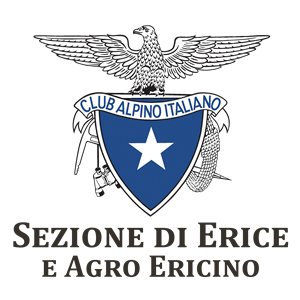

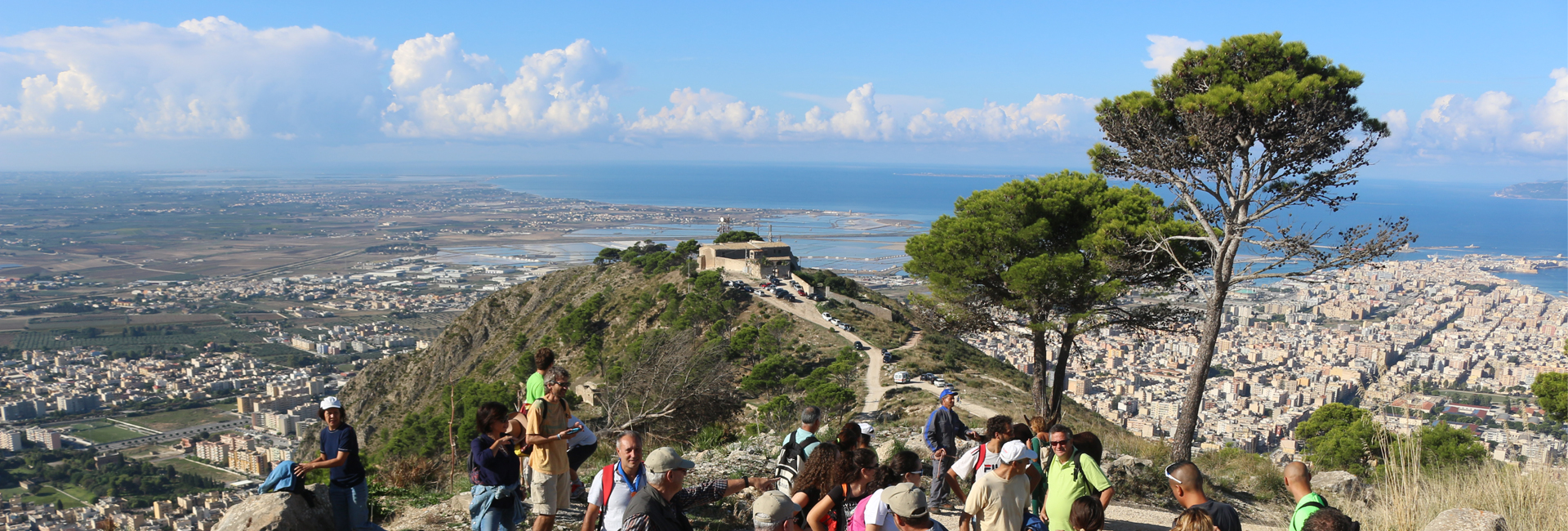
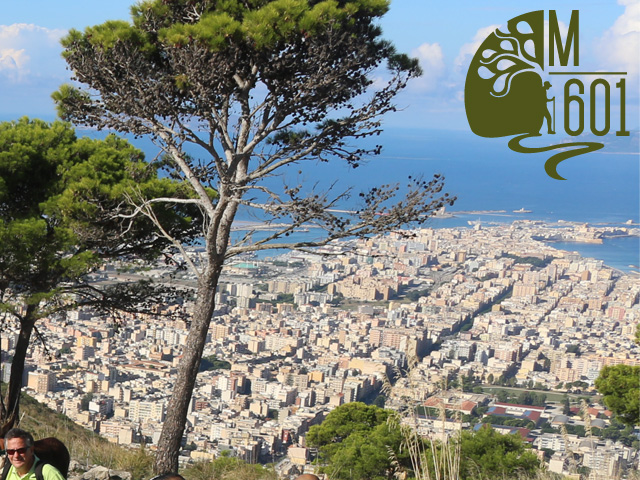
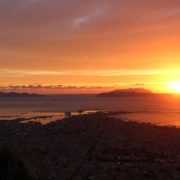
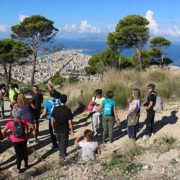
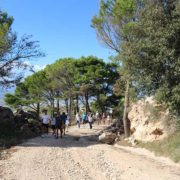
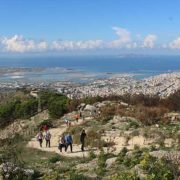
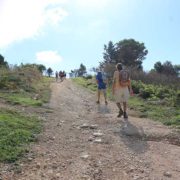
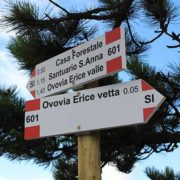
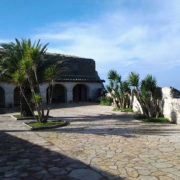
Tour Reviews
There are no reviews yet.
Leave a Review